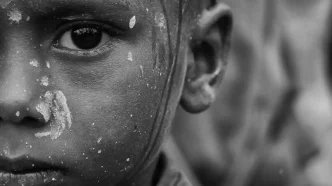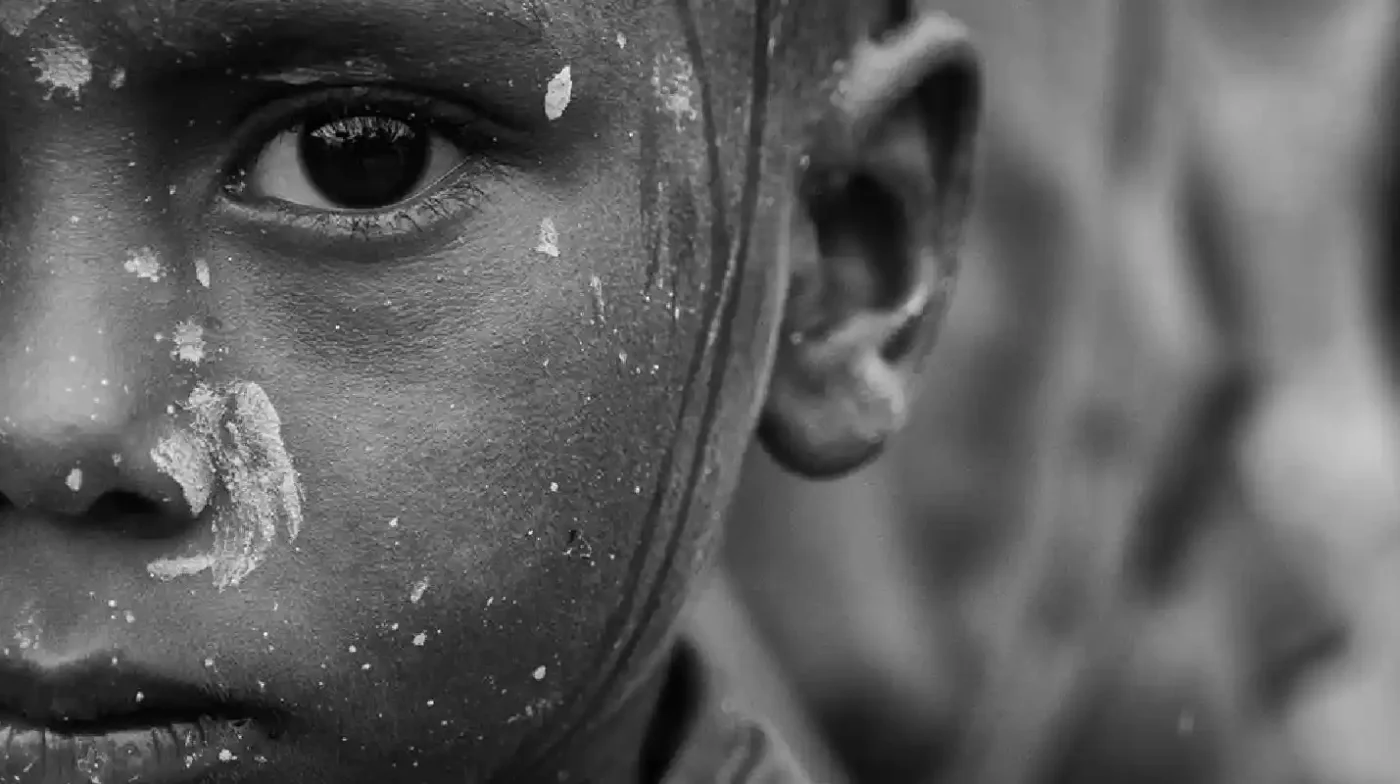In a stark revelation of the toll that Myanmar’s ongoing conflict has taken on its education system, the State Planning and Administrative Council Press Office has reported that since February 1, 2021, 77 education workers have been killed, and hundreds of schools have been targeted in violent attacks. The figures, covering the period up to the end of April 2025, paint a grim picture of an education sector under siege, with buildings bombed 560 times and burned down on 123 occasions. As the country grapples with political instability, the destruction of schools and the targeting of educators raise profound questions about the future of learning for Myanmar’s youth.
The Scale of Destruction
According to data released by the National Security Council’s press team, the violence against educational institutions has been relentless. From February 2021, when the military seized power in a coup, to April 2025, the council documented hundreds of incidents involving schools and education staff. Beyond the physical destruction—560 bombings and 123 instances of arson—educators have faced direct threats, with 449 reported cases of intimidation. The human cost is even more devastating, with 77 teachers and education personnel killed during this period.
These attacks are often attributed to armed groups, including People’s Defense Forces (PDFs), which emerged in opposition to the military regime following the 2021 coup. While the National Security Council points to PDFs as responsible for much of the violence against schools, independent verification of these claims remains challenging amid the chaos of conflict. If confirmed, the targeting of educational infrastructure could represent a deliberate strategy to destabilize communities and disrupt access to learning, a tactic often seen in protracted conflicts globally.
A Sector in Crisis
The education system in Myanmar was already fragile before the 2021 coup, with historical underinvestment, regional disparities, and intermittent conflict in states like Rakhine, Shan, and Kachin. The military takeover, which ousted the civilian government led by Aung San Suu Kyi, triggered widespread resistance and plunged the country into deeper turmoil. Schools, often seen as symbols of state authority or community resilience, have become collateral damage in this struggle.
The Ministry of Education, operating under the military-led administration, has attempted to maintain some semblance of normalcy. It recently announced that primary schools will begin accepting applications for the 2025-2026 academic year starting May 22, with an enrollment period running until June 1. Yet, for many families, the decision to send children to school is fraught with fear. Reports of schools being used as military bases or targeted in airstrikes have eroded trust in the safety of educational spaces.
International observers, including human rights organizations, have expressed alarm at the scale of destruction. While concrete data on the number of students directly affected remains scarce, the closure or destruction of schools in conflict zones likely means thousands of children are out of education. In rural areas, where alternative learning options are limited, the impact is particularly severe, exacerbating existing inequalities.
Broader Implications of Targeting Education
The systematic targeting of schools and educators, if intentional, carries long-term consequences for Myanmar’s development. Education is a cornerstone of social stability and economic progress, and its disruption risks creating a lost generation unable to access the skills needed for future livelihoods. UNICEF and other agencies have repeatedly warned that prolonged school closures—whether due to conflict or other crises like the COVID-19 pandemic—can lead to higher dropout rates, child labor, and even recruitment into armed groups.
In Myanmar’s context, the destruction of schools also deepens the divide between the military regime and civilian populations. Many communities view education as a pathway to resist oppression and build resilience, making attacks on schools a symbolic as well as practical blow. The reported threats against education staff—449 incidents since 2021—further suggest an environment of fear, where teachers are caught between their duty to educate and the risks of violence.
Analysts note that the conflict’s impact on education mirrors patterns seen in other war-torn regions, such as Syria or Yemen, where schools become battlegrounds. Without safe learning environments, children are more vulnerable to exploitation and trauma, perpetuating cycles of poverty and instability. For Myanmar, already grappling with economic challenges and international isolation, the loss of educational infrastructure could hinder recovery for decades.
Challenges of Verification and Accountability
While the National Security Council’s figures provide a window into the scale of the crisis, verifying the accuracy and context of these reports is difficult. Myanmar’s media landscape has been heavily restricted since the coup, with independent journalists facing arrest and censorship. The attribution of attacks to PDFs, as stated in the council’s press release, has not been independently corroborated by international monitors at the time of reporting. This raises questions about whether the data reflects the full picture or serves a narrative aligned with the military’s perspective.
Human rights groups have documented instances where schools were damaged in military operations, including airstrikes in opposition-held areas. Without access to conflict zones for independent investigators, establishing accountability for specific incidents remains elusive. Both sides of the conflict—military forces and resistance groups—have faced accusations of endangering civilian infrastructure, including schools, in violation of international humanitarian law.
The lack of transparency also complicates efforts to assess the true number of casualties and damages. The reported figure of 77 education workers killed is harrowing, but it may underrepresent the toll if unreported deaths in remote areas are factored in. Similarly, the destruction of 123 schools through arson and 560 through bombings might only capture incidents documented by state authorities, potentially excluding damages in regions outside their control.
International Response and Local Resilience
The international community has condemned the violence in Myanmar, with the United Nations and ASEAN repeatedly calling for a cessation of hostilities and protection of civilian infrastructure. Sanctions on the military regime, imposed by the US, EU, and others, aim to pressure the junta into dialogue, though their impact on ground-level violence remains limited. Humanitarian aid, including support for education programs, has been channeled through NGOs, but access to conflict zones is often restricted, hampering delivery.
At the local level, communities have shown remarkable resilience in the face of adversity. In some areas, underground schools and informal learning networks have emerged, often led by teachers and parents determined to keep education alive. These initiatives, while inspiring, are no substitute for a functioning national system and are vulnerable to the same threats of violence and disruption.
The cost of rebuilding Myanmar’s education system will be staggering, both in financial and human terms. Reconstructing hundreds of damaged schools, retraining educators, and restoring trust in the safety of learning environments will require sustained effort and resources. For now, with conflict showing no signs of abating, the immediate priority for many families is simply survival.
Looking Ahead: A Generation at Risk
As Myanmar’s education sector reels from over four years of violence, the long-term ramifications are becoming clearer. Each school destroyed and each teacher lost represents not just an immediate tragedy but a blow to the country’s future. The Ministry of Education’s push to reopen enrollment for the 2025-2026 academic year is a small step toward normalcy, but it cannot mask the deeper crisis unfolding across the nation.
For students, parents, and educators, the question remains: how can learning continue in a country where schools are battlegrounds? As the conflict persists, the international community and local actors alike face the urgent task of safeguarding education, ensuring that Myanmar’s children are not robbed of their right to a future. Until peace or a meaningful resolution is achieved, the nation’s classrooms will remain on the frontlines of a war with no end in sight.















